
Glynis Margaret Payne Johns was a British actress. In a career spanning seven decades on stage and screen, Johns appeared in more than 60 films and 30 plays. She received various accolades throughout her career, including a Tony Award and a Drama Desk Award as well as nominations for an Academy Award, a Golden Globe Award, and a Laurence Olivier Award. She was one of the last surviving stars from the Golden Age of Hollywood and classical years of British cinema.

The Story of Robin Hood and his Merrie Men is a 1952 action-adventure film produced by RKO-Walt Disney British Productions, based on the Robin Hood legend, made in Technicolor and filmed in Buckinghamshire, England. It was written by Lawrence Edward Watkin and directed by Ken Annakin. It is the second of Disney's complete live-action films, after Treasure Island (1950), and the first of four films Annakin directed for Disney.

The Sword and the Rose is a family/adventure film produced by Perce Pearce and Walt Disney and directed by Ken Annakin. The film features the story of Mary Tudor, a younger sister of Henry VIII of England.
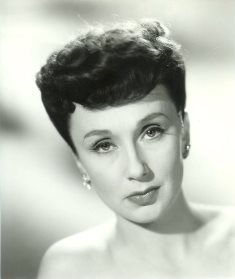
Georgette Lizette "Googie" Withers, CBE, AO was an English entertainer. She was a dancer and actress, with a lengthy career spanning some nine decades in theatre, film, and television. She was a well-known actress and star of British films during and after World War II.
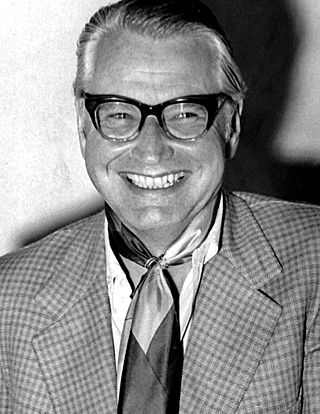
Kenneth Cooper Annakin, OBE was an English film director.
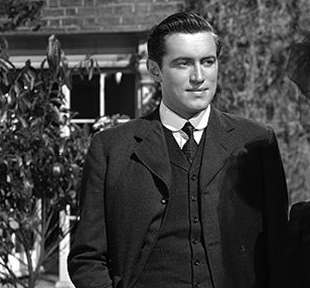
John Neil McCallum, was an Australian theatre and film actor, highly successful in the United Kingdom. He was also a television producer.

The Magic Box is a 1951 British Technicolor biographical drama film directed by John Boulting. The film stars Robert Donat as William Friese-Greene, with numerous cameo appearances by performers such as Peter Ustinov and Laurence Olivier. It was produced by Ronald Neame and distributed by British Lion Film Corporation.

Quartet is a 1948 British anthology film with four segments, each based on a story by W. Somerset Maugham. The author appears at the start and end of the movie to introduce the stories and comment about his writing career. It was successful enough to produce two sequels, Trio (1950) and Encore (1951), and popularised the compendium film format, leading to films such as O. Henry's Full House in 1952.
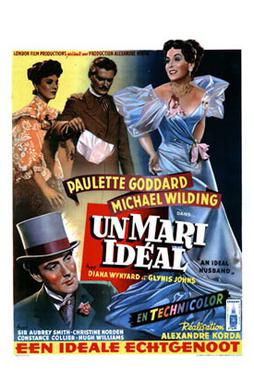
An Ideal Husband, also known as Oscar Wilde's An Ideal Husband, is a 1947 British comedy film adaptation of the 1895 play by Oscar Wilde. It was made by London Film Productions and distributed by British Lion Films (UK) and Twentieth Century-Fox Film Corporation (USA). It was produced and directed by Alexander Korda from a screenplay by Lajos Bíró from Wilde's play. The music score was by Arthur Benjamin, the cinematography by Georges Périnal, the editing by Oswald Hafenrichter and the costume design by Cecil Beaton. This was Korda's last completed film as a director, although he continued producing films into the next decade.

It Always Rains on Sunday is a 1947 British film adaptation of Arthur La Bern's novel of the same name, directed by Robert Hamer. The film has been compared with the poetic realism movement in the French cinema of a few years earlier by the British writers Robert Murphy and Graham Fuller.

Encore is a 1951 anthology film composed of adaptations of three short stories by W. Somerset Maugham:
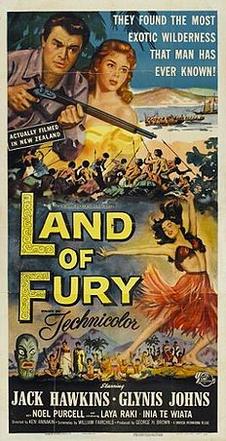
The Seekers is a 1954 British-New Zealand adventure film directed by Ken Annakin. It starred Jack Hawkins, Glynis Johns, Noel Purcell, and Kenneth Williams. The film was produced by the Rank Organisation and was shot at Pinewood Studios with location shooting around Whakatāne. The film's sets were designed by the art director Maurice Carter with costumes by Julie Harris. It was the first major international studio film shot in New Zealand. The film was adapted from the novel The Seekers by New Zealander John Guthrie. It was released in the United States by Universal Pictures as Land of Fury.
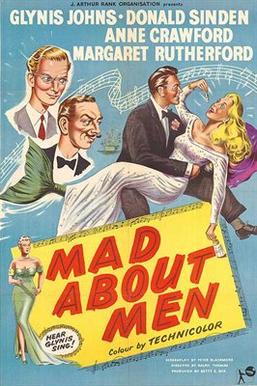
Mad About Men is a 1954 British Technicolor comedy film directed by Ralph Thomas and starring Glynis Johns, Donald Sinden, Anne Crawford and Margaret Rutherford. It was written by Peter Blackmore, who also wrote the 1948 film Miranda which preceded Mad About Men. Johns appears in both films as the mermaid Miranda. However, Rank Films insisted it was not a sequel.
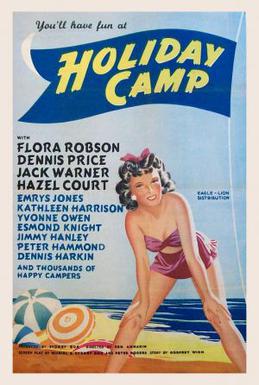
Holiday Camp is a 1947 British comedy drama film directed by Ken Annakin, starring Flora Robson, Jack Warner, Dennis Price, and Hazel Court, and also features Kathleen Harrison and Jimmy Hanley. It is set at one of the then-popular holiday camps. It resonated with post-war audiences and was very successful. It was the first film to feature the Huggett family, who went on to star in "The Huggetts" film series.

The Loves of Joanna Godden is a 1947 British historical drama film directed by Charles Frend and produced by Michael Balcon. The screenplay was written by H. E. Bates and Angus MacPhail from the novel Joanna Godden (1921) by Sheila Kaye-Smith.
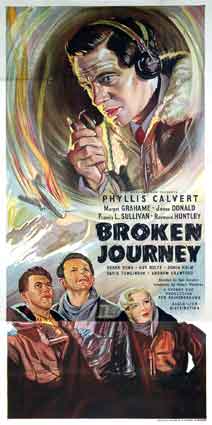
Broken Journey is a 1948 British drama film directed by Ken Annakin and featuring Phyllis Calvert, James Donald, Margot Grahame, Raymond Huntley and Guy Rolfe. Passengers and crew strugge to survive after their airliner crashes on top of a mountain; based on a true-life accident in the Swiss Alps.
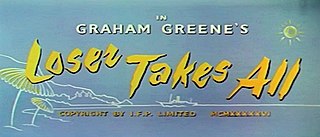
Loser Takes All is a 1956 British comedy film directed by Ken Annakin, starring Glynis Johns, Rossano Brazzi, and Robert Morley, with a screenplay by Graham Greene based on his 1955 novella of the same name.
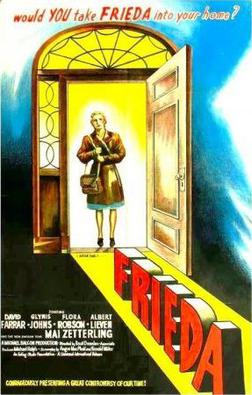
Frieda is a 1947 British drama film directed by Basil Dearden and starring David Farrar, Glynis Johns and Mai Zetterling. Made by Michael Balcon at Ealing Studios, it is based on the 1946 play of the same title by Ronald Millar who co-wrote the screenplay with Angus MacPhail. The film's sets were designed by the art directors Jim Morahan and Michael Relph.
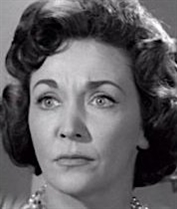
Genine Graham was an English actress. She trained at LAMDA, and played the title role of the mermaid Miranda in the original West End production of Peter Blackmore's play, later filmed with Glynis Johns. She also appeared on Broadway opposite Katharine Hepburn in a revival of Bernard Shaw's The Millionairess in 1952; and presented the TV series Mail Call (1955–56) with her husband John Witty.

Mermaiding is the practice of wearing, and often swimming in, a costume mermaid tail.




















